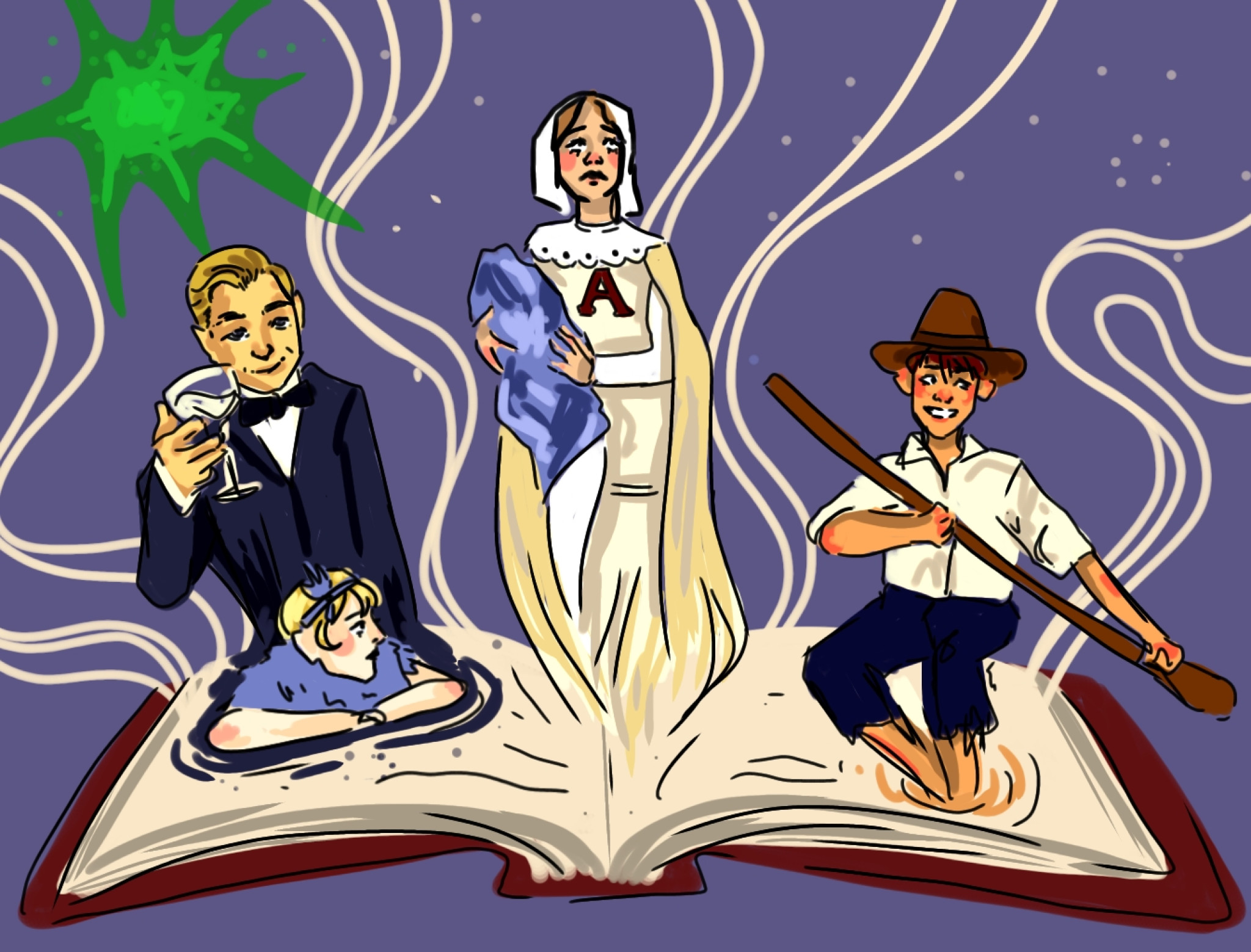Enroll in any high school English class, and you’ll likely be required to read one of the “classic” books that are considered to meet a high standard of quality, longevity, and influence.
At Berkeley High School, the most commonly taught classics include “The Scarlet Letter,” “Brave New World,” and “The Metamorphosis,” as well as various ancient Greek plays and works of Shakespeare. There are reasons these books endure: when students read them, they learn that the struggles they go through are timeless, and that people in the past had the same problems, emotions, and desires.
Assigning the same classic fiction in schools around the world also generates a shared cultural literacy. Being able to understand common references to stories like “1984” or “The Odyssey” helps people relate to each other and understand the world around them to a greater extent.
A common criticism of classics is that most of the books that have attained this status were written by white, male authors. Furthermore, most of these books were written long ago, meaning many feature depictions of minorities that are considered offensive by today’s standards.
“The Adventures of Huckleberry Finn” is particularly infamous for its liberal use of stereotypes and racial slurs in depicting slaves in the American South. This makes many readers uncomfortable and causes some to call for the removal of these texts from schools. However, it also provides grounds for discussion about changing values and beliefs. It’s also just one side of these books; entirely eliminating “The Adventures of Huckleberry Finn” from schools ignores the fact that it is an astonishing work of fiction that helped permanently shape American literature. Classics aren’t perfect, but that’s what makes them valuable: they open the door to critical conversations.
Classics can also be challenging for young readers. Many feature dense, archaic language. While for some, the challenge is what makes reading these books enjoyable, others are turned off by it. In a period of declining reading among children and teens, it’s important that young people aren’t discouraged from reading by being made to struggle through “boring” or difficult literature.
How can educators make classics interesting? One method is to teach them using critical theory. Critical theory involves examining literature through various lenses, or focuses. For instance, Kate Rosen, a BHS English teacher, asks her students to read Nathaniel Hawthorne’s “The Scarlet Letter” through a feminist lens, focusing on the characters’ treatment of women; Rosen also teaches F. Scott Fitzgerald’s “The Great Gatsby” through a queer lens, paying attention to instances of homoeroticism or same-sex attraction in the novel. Reading novels through various lenses “makes the books more engaging,” Rosen said, “Anytime you’re forced to look outside yourself and … your own perspective, a book becomes more interesting.” Critical lenses allow students who relate to the chosen lens feel closer to the text, and students who aren’t as familiar get to read from a new standpoint.
To Rosen, the most important factor that determines whether or not students enjoy an assigned book is the way it is taught. “Students are going to be more excited about a book if I’m excited,” Rosen said. When her class reads “The Scarlet Letter,” she includes an extra credit assignment that allows students to compare the themes and characters of the book to songs with which they are already familiar. This, she explained, helps students to connect with the text in a more personal way. Though she acknowledges that some books are harder for students to engage with, she rejects the idea that classics as a whole are “boring.” One of her personal favorites is “The Great Gatsby.” “It’s so good because everyone (in the book) sucks,” Rosen said, “I love it.”





